What is communication? Communication is the meaningful exchange of information between two people. Communication is complete when the person receiving the message has understood it. Effective communication has taken place when, and only when, the message received and understood is the same as the message which the speaker intended to send. We don’t always understand the message the first time we hear it. The speaker and the person receiving the message often needs to enter into a dialogue until they have fully understood it.
We spend significant amounts of time communicating with each other. In the workplace, this takes place in different forms – writing, emails, phone calls, meetings, presentations, coffee break chats and this doesn’t even take into account non-verbal communication. Non-verbal communication is the transfer of information through the use of body language including eye contact, facial expressions, gestures and more. For example, smiling when you meet someone conveys friendliness, acceptance and openness. Everyone uses non-verbal communication all the time whether they realise it or not.
When communicating with others, we often focus on what we should say. However, effective communication is talking AND listening. Listening well means not just understanding the words or the information being communicated, but also understanding the emotions the speaker is trying to convey. To be effective in our communication we need to be active listeners. Some examples of active listening are:
- Paraphrasing – “So you want to attend a course on customer service?”
- Verbal affirmation – “I appreciate the time you have taken to meet with me.”
- Open-ended questions – “What would you do differently if you were to do it again?”
Ineffective communication or a lack of communication can create uncertainty, miscommunication on deadlines and work processes, poor teamwork and a decrease in morale. Just think of the significant detrimental effects ineffective communication can have. It is therefore vitally important that we be as clear as we can in our communication.
Recently we delivered a two-day live on-line ILM level 3 course called Clear Communication. The course was packed with hands on experiential learning which is a style of teaching I really enjoy. I began the course wondering what more I could learn and was surprised to find that during one of the exercises the message I conveyed was not received in the way that I had thought it would be. In fact, the team felt the opposite of what I was trying to say to them. I had used too many words, spoken for too long and given a confusing message. I have since reflected on my communication style and continue to actively work at making sure that the message sent is received in the way it was intended.
Top tips for effective communication:
- Communicate face-to-face whenever possible. This enhances productivity, allows discussion and builds trust, credibility and transparency.
- Think carefully about the message you want to communicate. Make sure you are clear about what you want to achieve.
- Think about how the message may affect the other person. It can improve relationships, teamwork, decision-making and problem solving.
- Pick a good time and establish rapport. Make sure they are listening.
- Choose your words carefully. Using too few may not get the message across clearly. Inversely, using too many may make the message confusing.
- Combine verbal and non-verbal communication. Your posture, gestures, expression and tone should fit with and support the content of the message.
- Notice their verbal and non-verbal response. Body language and non-verbal signals affect how you see others.
- Ask questions to check the other person has understood what you meant. This is often in the form of reflective dialogue.
- Show that you are listening by maintaining eye contact.
- Handle conflict with diplomacy. Pay attention to the points being made.
This blog is inspired by our course Clear Communication. It is one of a series of courses, that together, form our ILM Level 3 Certificate in Leadership and Management. Each unit is accessible on-line or in-person and can be delivered in-house or accessed via our open course program.





